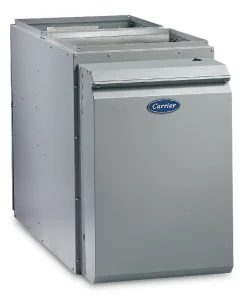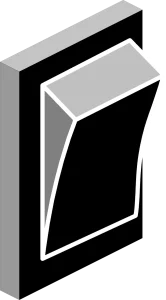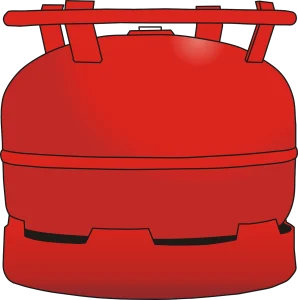Cooling is very helpful during the summers, but heating is necessary in the cold winter. When your home is being heated via gas furnace, it is important to know how and when to check your furnace and catch any problems before they become serious. Doing so can help you avoid arising problems and costly repair bills. Here is a "how to" guide for your unit.
How to Turn Your Furnace on
Most heating systems are controlled through the same thermostat as the cooling system it’s paired with, so to turn the furnace on, the thermostat simply has to be set to “heat” or “warm.” However, if the pilot light is off, it will not work. If so, see how to relight the pilot light

How to Relight the Pilot Light
Sometimes the pilot light in a furnace will go out because of drafts. To fix this, follow the manufacturer’s instructions. However, if there are no instructions or they don’t work, follow these steps. First off, locate the pilot light assembly. Typical pilot lights have a valve with on, off, and pilot settings. Turn the valve off and wait for three minutes. After those three minutes, turn the valve to its pilot setting and hold a match to the pilot opening, holding down the pilot reset button until the pilot flame burns brightly. Once the flame is there, let go of the reset button and turn the valve to the “on” setting.
If the pilot light doesn’t stay lit, then the opening may be clogged. Turn the valve off and use fine wire to clean out the opening. After that, try to light the pilot light again. If it still won’t stay lit, then the problem may lie in a faulty thermocouple. If the light still won’t stay with a functional thermocouple, then call a professional servicer.

How to Change the Furnace Air Filter
An important part of the furnace’s efficiency is in its air filter. If the filter is too dirty, then heating may not be very effective. To change it out, begin with turning off the furnace (most furnaces can be turned off with the valve handle on the gas line leading into the furnace). Once the air flow into the furnace stops, locate the filter panel and take it off. Take out the air filter and clean it, vacuuming off the surface dust, then washing and drying it. Clean it only if it is a reusable filter. If not, replace the filter with one of the same size. Make sure that it is facing the correct way using the arrows on the side, then put the cover back on and turn the airflow back on. You should replace your air filter every month or so to get the best out of it.

How to Check for Obstructions in the Ducts
Run a few tests, checking the airflow in each vent. If any vent isn’t pushing out sufficient air, then unscrew the vent cover and inspect the pipe, checking for any visible obstructions. If there aren’t any, check the furnace air filter and make sure it isn’t clogged. Also inspect the ductwork itself and ensure that seams are intact and that there’s no loose duct tape. Lastly, check the butterfly valves on each duct. Make sure that they aren’t closed and that their handles are parallel to the pipe. If not, then the valve is closed.

Preventing Air Leaks
Lost heat may be the problem. Go around your house and make sure that all the windows and doors leading outside are sealed from the weather. If not, use weatherstrips to accomplish that. If the problem is in the heating system itself, use caulk to seal off unwanted openings in the system. If the gap to be repaired is near a high heat source, then fireproof caulk is suggested.

Gas Hazard
If the smell of gas is coming from your furnace, avoid using fire or electricity inside the home, vacate the home, and call your home’s gas supplier immediately. Gases that are flammable or lethal in high doses may be leaking into the house.
